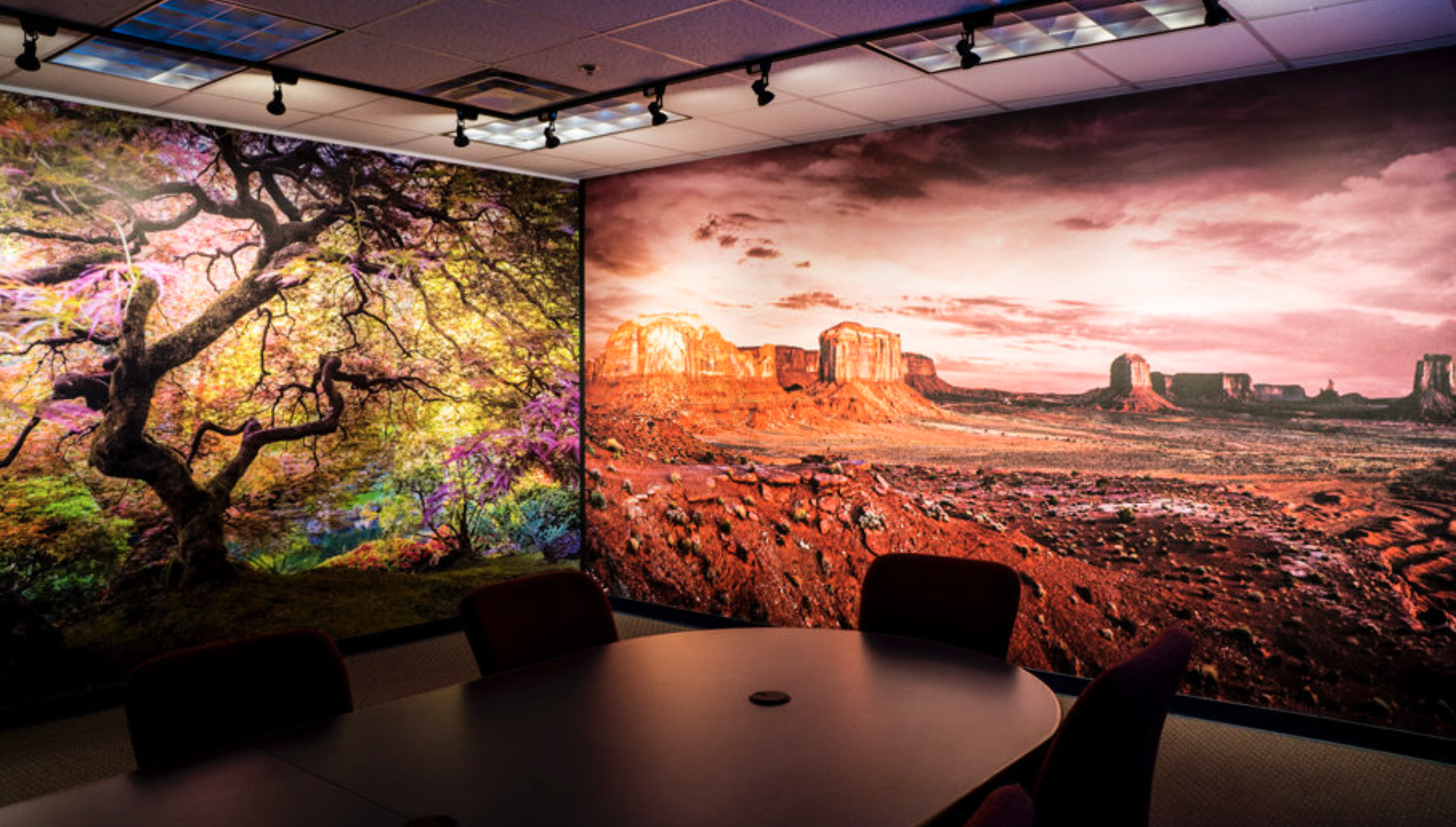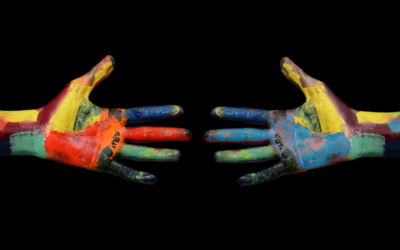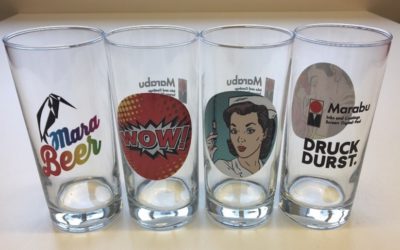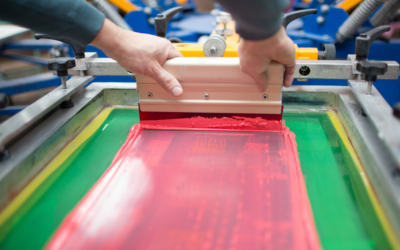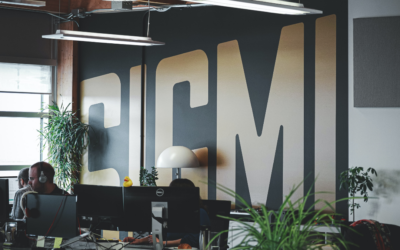Transforming blank walls into captivating visual stories has become an art form that breathes life into empty spaces. With the advent of innovative technology and creative design, installing wall graphics has emerged as a popular and dynamic way to elevate the aesthetics of both residential and commercial settings.
From bold logos that showcase a one-of-a-kind brand, to decorative accents found in a hotel lobby, to vibrant graphics in a restaurant that stimulate one’s appetite while evoking a sense of culinary culture, to vivid colors brightening up a living room space, businesses and individuals alike use wall graphics to enhance their interiors and create memorable environments.
When it comes to the installation of wall graphics, printing professionals should take into account several considerations for the smooth installation of this alluring art. We’ll provide you with the latest tips here.
The Type of Substrate and Medium

One of the most important things to consider is the type of substrate that the wall graphic is going to go on. Is it concrete? Wood? Glass? Ceramic? Plaster? Different settings utilize different substrates which can be as wide-ranging as a color palette.
For example, drywall and plasterboard are the most common types of wall substrates that are found in residential settings — particularly living rooms and bedrooms. Once we venture out of residential settings, though, the variety of substrates increases. Here are some examples:
- Wood paneling: Resorts and lodges incorporate wood paneling because it provides warmth and a touch of natural beauty.
- Glass walls: There’s been a trend toward glass walls in office environments because they create a modern and sleek ambiance. Conference rooms, meeting spaces, and executive offices have all been known to incorporate glass walls in recent years, and many retail stores are using them too.
- Textured wallpapers: Textured wallpapers are often found in high-end and luxury settings such as hotels and 5-star restaurants.
Having the Right Tools for the Application

Installing wall graphics requires several tools as well as someone who is knowledgeable about the particular substrate involved. Installing a wall graphic on drywall requires a different set of tools and processes than applying a wall graphic onto glass panes. Here are some common tools that are used for the installation of wall graphics:
- Squeegee: Squeegees are a type of tool for smoothing out and applying even pressure to the graphics during installation. It helps remove air bubbles and ensures proper adhesion.
- Heat guns: Heat guns are sometimes used to soften the adhesive so that it molds to the shape of the wall graphic better.
- Cutting tools: Utility cutting tools are sometimes used to trim the wall graphics after installation for clean edges.
- Cleaning supplies: Cleaning supplies, such as rubbing alcohol, are used to remove dirt, grease, and/or other contaminants from the substrate before installation.
- Application fluid or spray: Application fluid/spray is sometimes used to smooth out the wall graphics so there are no trapped air bubbles.
Laminated Coatings for Extra Protection

The decadent hallways of a restaurant, a bustling airport, and a crowded movie theater are some examples of commercial settings with high amounts of traffic. Because of this, wall graphics in these types of settings are more prone to wear and tear than those used for personal use.
Additionally, some wall graphics are placed near windows with plenty of penetrating sunlight, thereby exposing the graphics to UV rays. Your wall graphic can either last many years or may need to be replaced much sooner than anticipated — all depending on one simple additional step. We’re talking about adding laminated coatings for extra protection. It takes just a few minutes to apply, but the benefits are numerous.
- Chemical resistance: Laminated coatings offer chemical resistance so that they are unaffected by cleaning agents.
- Abrasion resistance: We’ve all had experiences of accidentally bumping into walls in a crowded hallway. Because of moments like this, wall graphics can get scratched. Laminated coatings provide an extra layer of protection so the wall graphics continue to appear good as new.
- UV protection: Exposure to sunlight and UV radiation can cause colors to fade and graphics to deteriorate over time. Laminated coatings provide UV protection so those colors remain vibrant for years to come.
At Marabu, we offer liquid laminated coatings that can be used on wall graphics, billboards, fine art, and more. They are designed to protect against UV rays, chemicals, and abrasions.
Type 2 Certification for Wall Graphics

Type 2 certification is an important factor when it comes to wall graphics — especially in public and commercial spaces such as hospitals and restaurants. That’s because public settings usually have to abide by specific fire regulations and building codes.
Wall graphics that are Type 2 certified have built-in fire resistance and have gone through testing to show they do not exacerbate the spread of a fire nor release highly toxic chemicals. By using Type 2 certified wall graphics, businesses can meet the requirements that are set forth by city officials when it comes to fire safety. Having Type 2 certification is so essential for commercial spaces that business owners are likely to decline certain wall graphics based on this criteria alone — no matter how beautiful they are.
Our ClearShield® Professional Wall Armor is specifically designed for digitally printed wall coverings, and it has the added benefit of bringing a Type 2 certified solution to your wall graphic.
Wall graphics have the power to communicate messages, reflect branding, inspire creativity, and create immersive experiences. They provide an incredible transformation to any space, whether it be a home, office, or commercial establishment. The process of installing wall graphics requires careful planning, knowledge of the substrate, and the right tools. Type 2 certification and laminated coatings are a game changer in making sure your wall graphics have the approval for installation and last many years. Have any more questions regarding printing tips? Contact your printing pros here.
